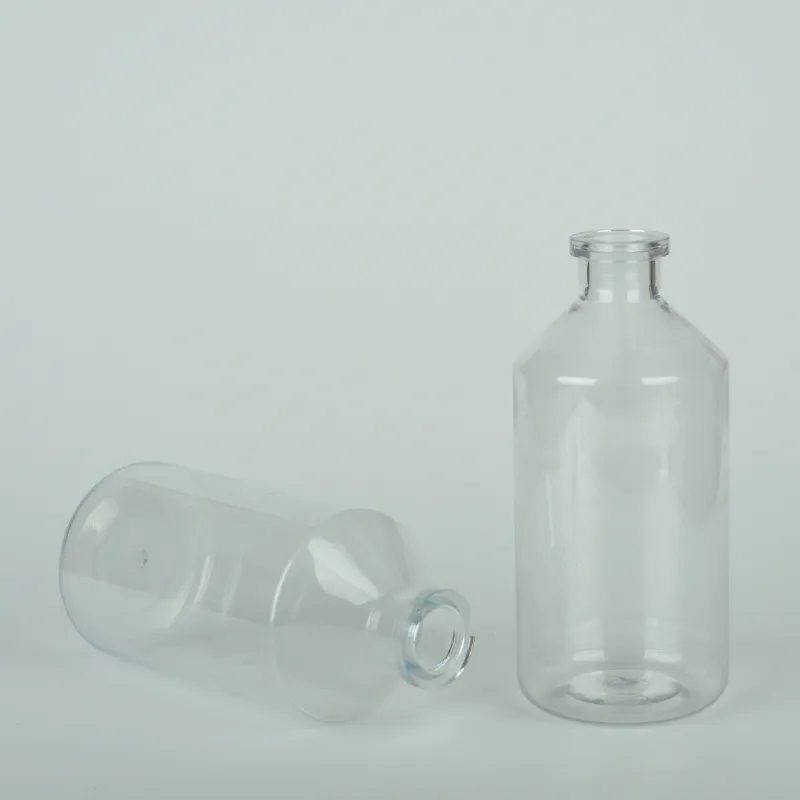Exploring the Benefits and Uses of Eye Dropper Measurement in Liquid Applications
Understanding Eye Droppers A Guide to Their Functionality and Use
Eye droppers, often referred to as medicine droppers or pipettes, are essential tools in various fields, including medicine, chemistry, and even beauty. These small yet significant devices allow for the precise dispensing of liquid medications, essential oils, and cosmetic formulations. This article will delve into the purpose, types, and proper usage of eye droppers, highlighting their importance in various applications.
Purpose and Functionality of Eye Droppers
The primary purpose of an eye dropper is to deliver a specific volume of liquid accurately. In healthcare, they are commonly used to administer eye drops, which treat conditions such as dry eyes, glaucoma, or infections. The defined volume often falls between 0.5 to 1 ml, allowing practitioners to provide the correct dosage necessary for effective treatment.
In addition to medical use, eye droppers are found in laboratories where precision is paramount. Chemists frequently employ them to add small amounts of reagents during experiments. The ability to control the liquid’s flow ensures that experiments yield reliable and repeatable results. Moreover, in the cosmetics industry, eye droppers are favored for dispensing serums and oils, ensuring users can apply the desired amount without wastage.
Types of Eye Droppers
Eye droppers come in various designs, each tailored for specific applications. The most common type is the glass dropper, which comprises a glass tube with a rubber bulb at one end. This classic design allows for a high degree of accuracy and is often used in pharmacies and laboratories. Many glass droppers feature graduated markings, enabling users to measure the liquid correctly.
Plastic droppers are another popular option, offering a lightweight and shatter-resistant alternative. While they might not provide the same level of precision as glass droppers, they are frequently used for domestic purposes, such as in homeopathy and essential oil applications.
eye dropper ml

Another emerging design is the dropper bottle, which combines the benefits of a dropper and a dispensing bottle. These often have an attached dropper cap, allowing users to control the number of drops dispensed easily. They are especially useful for essential oils and beauty products, where dosage and application can impact effectiveness.
Proper Usage of Eye Droppers
Using an eye dropper correctly is crucial for achieving the best results, whether in medical or personal care settings. Before using an eye dropper, it is essential to wash hands thoroughly to prevent contamination. If dealing with medications, it is vital to check expiration dates and ensure that the liquid is stored correctly.
When administering eye drops, tilt your head back slightly, pull down the lower eyelid, and hold the dropper above the eye without touching it. Squeeze the bulb gently to release a drop of liquid. It is recommended to keep the eye closed for a moment after dropping the solution to allow it to absorb effectively.
In laboratory settings, it is equally important to avoid cross-contamination. Rinse the dropper with distilled water if transitioning between different liquids. Always follow safety protocols, such as wearing gloves and goggles when handling potentially hazardous substances.
Conclusion
Eye droppers are invaluable tools that play a significant role across various fields. Their ability to dispense liquids accurately makes them essential in medical, laboratory, and cosmetic applications. Understanding the different types of eye droppers and how to use them correctly can lead to safer, more effective outcomes, whether you're treating an eye condition, conducting an experiment, or applying a serum. As technology advances, eye droppers will continue to evolve, maintaining their status as a critical instrument in our everyday lives.
-
Aesthetic Makeup Spray Bottles | Fine Mist Empty RefillableNewsAug.19,2025
-
White Plastic Veterinary Vaccine Vials | Lab Liquid BottlesNewsAug.18,2025
-
Plastic Medicine Liquid Bottle: Secure Flip Top Drug VialsNewsAug.17,2025
-
Durable 250ml Blue Plastic Vaccine Vial for Lab & Vet UseNewsAug.16,2025
-
Sterile Virus Sample Tubes: Secure & Reliable Specimen CollectionNewsAug.15,2025
-
White 250ml Plastic Vaccine Vial for Lab & Vet MedicineNewsAug.14,2025
























